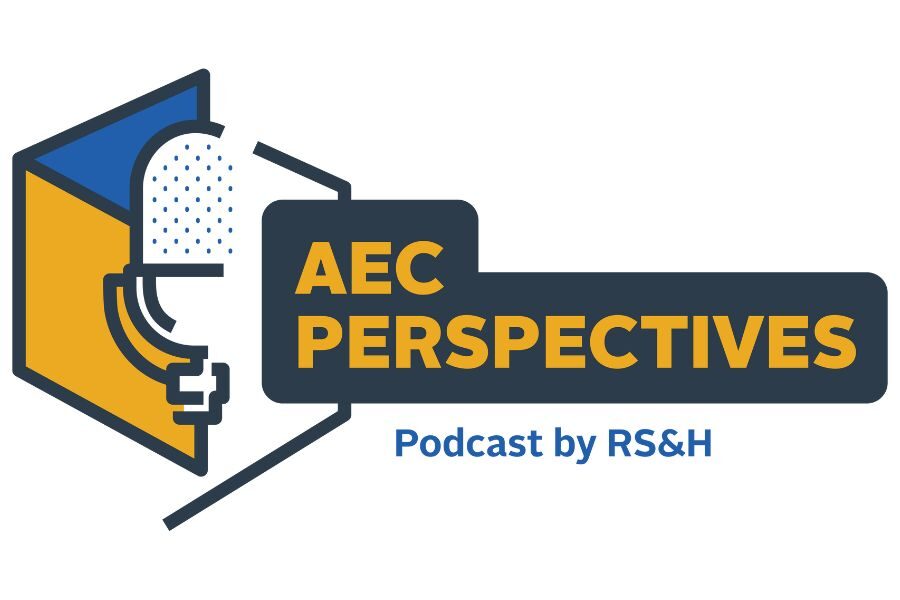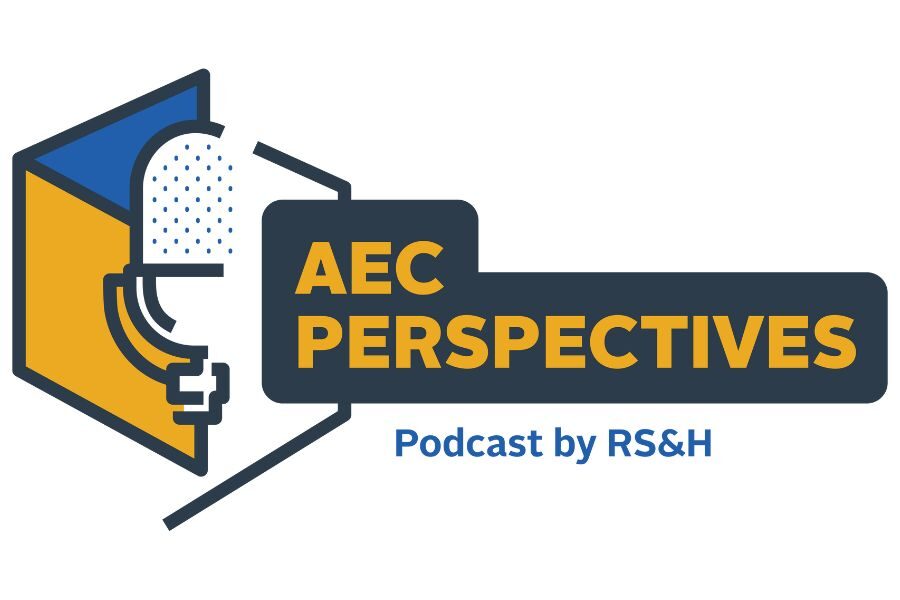Quick Thoughts: Practical use of Generative AI in Civil Infrastructure

I’m not sure about you, but my news feeds are still a-buzz with the latest advances in Artificial Intelligence (AI) technology. Companies everywhere seem to be scrambling to take advantage of the latest generative AI tools such as Chat GPT, Bard, and Alpha Code while also weighing the risks involved.
The rapidly changing pace of this technology has created a whirlwind of news coverage with everything from history and best practices to ethical dilemmas and outright corporate bans. But how does this revolutionary technology impact my daily life?
While there are thousands of publications out there that do a deep dive into the intricate workings of some of these tools, it may be beneficial to take a step back and look at some practical examples of how these tools can aid in your daily lives as a professional working in the field of Civil Infrastructure – written by a human for a change.
Thought Organization
The ability for some of these large language models (LLMs) to regurgitate large amounts of information back to the user in a natural manner is truly impressive. While larger, corporate solutions such as Microsoft’s Copilot are on the horizon, there are things we can do now to improve our daily workflows.
In addition to my traditional note-taking processes, I almost always have an AI chat service pulled up on another screen. Ctrl+C/Ctrl+V is definitely a friend in this process with a quick and easy copy/paste of any meeting, project or scoping notes into and from the chat service.
Prompt: “Index the following notes from [meeting name]: [pasted notes]”.
I then will enter some additional context information that describes who I am, the purpose of the meeting and what information I would like to gain; the more context information you feed to AI, the more targeted your results will be.
What we’ve essentially created here is a supporting agent that can supplement your note taking and help you quickly dissect information. Better yet, you are now able to query the AI and extract main takeaways or provide some potentially valuable insight, which can then be appended to your existing notes.
For example, Prompt: “My role in this project is to develop a cost estimate, based on the provided notes. What are some steps I should take to achieve the desired goal?” will provide you with a great starting point for developing a personal action plan. A similar approach can be used to develop an executive meeting summary that can then be distributed to the attendees.
Proposal Writing
Similar to the previous example, proposal writing can be enhanced by copying and pasting information into a generative AI service and requesting feedback. It can be a simple quality control step seeking to catch any semantic errors, but this is something that can be accomplished with a standard word processor. Instead, providing greater context to the situation can elevate the quality of the responses you receive.
By providing a list of key points you wish to highlight throughout the document, you can have the AI evaluate how effectively the messaging is delivered.
Prompt: “Given the following key points we wish to address [list key points], how well does the following document cover each item?”
This is a quick way to get a fresh perspective on your write-up prior to involving a larger team review. You can then build upon this thread, further providing context to truly flesh out some of your own thoughts or ideas. Remember, this is not an internet search, you can chat with AI and ask questions like you would a fellow co-worker, making it a great sounding board for new ideas.
To build on this further, you can even feed it key elements of the scoping document or other source information to compare.
Prompt: “Please update your feedback on the provided document to address the main points of interest outlined in the following scope: [insert scope segment].”
The more you utilize these types of chat-based tools, the more comfortable you get with the concept of building on top of previous queries. Keep in mind though, that these are general AIs and are not as well versed in extremely technical topics. A sense of discretion is required with all feedback received.
Communications – (summaries, outlines, media)
Rounding out this shortlist of use-cases are the items surrounding the conversion of information into alternate format types, which is one area where these platforms truly excel.
Being able to efficiently summarize a length scope, policy update, or other document is incredibly helpful. With AI being worked into web browsers such as Bing and inevitably into your PDF viewers, it is becoming increasingly easier to access this capability.
For instance, a simple Prompt: “Summarize the current webpage [document]” can provide you with a quick 2-minute read. You can also ask for key points of emphasis as they relate to certain job functions (i.e “are there any updates to structures policy?”).
Sometimes, the largest challenge to my current task is creating an initial outline of whatever message I am trying to convey. Taking some hints from the previous section of thought organization, I can feed my raw ideas into an AI chat agent, along with some additional context, and ask it to provide a cohesive outline.
Prompt: “Given the following objectives and initial thoughts, provide a high-level outline for a project update: Objective: [list objectives], Thoughts: [list thoughts]”.
And while our slide decks may not be auto-generated (yet), you can still leverage similar queries to aid in your presentations.
Prompt: “With the goal of developing a presentation on [x], provide a bulleted summary of the previous listed outline as it would appear in a slide deck”.
While not everyone who works in the civil industry has much involvement in media postings or publishing articles, AI is a great tool to leverage to help supplement the development of this content. I am not referencing the dystopian future where you completely remove the human touch, but rather leveraging the tools at hand to enhance your own capabilities.
For instance, take an existing document or publication and either write a social media post to promote the piece or parse down the length of the information to make it a shorter read.
Prompt: “Take the following article and reduce it to a 2-minute read targeting [x] audience with an emphasis on [y]. [pasted article]”.
The Future
The future of AI is full of uncertainty and is evolving at a rapid pace. As our industry evolves along with it, you’ll likely see more integrated corporate solutions. While having all our work data indexed and searchable with a few keystrokes may still be a way around the corner, there is no reason we can’t begin to rethink the way we do business.



